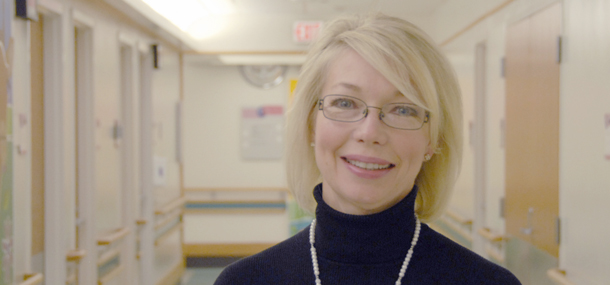
We asked more than 100 patients and families from the Online Community of Family Advisors,“What does a perfect Radiology patient encounter look like? – From the first interaction to the last, in what areas does Cincinnati Children’s Radiology shine and what could be done to improve the experience?”
By using the rich feedback given to us, our Patient Experience Team (made up of 16 radiology division representatives/roles) developed a list of the key components for providing an ideal experience to patients and families during each step of their Radiology visit.
The team’s next step was to share these key components with staff and then observe how often we could provide an Ideal Patient Experience (PE) during each interaction. To find out how we were doing, the PE team used an observational tool called K-Cards. (The “K” in K-Cards comes from the Japanese word Kamishibai, which was a form of storytelling used by Japanese Buddhist monks beginning in the 12thcentury.)
The K-Card allows the PE team to record their observations of staff and patient interactions, as well as offering real-time coaching opportunities, sharing leaning, and identifying barriers to providing an Ideal Radiology PE.
After the PE representative observes an interaction, the K-Card is marked as green, meaning Ideal PE was achieved, or Orange, meaning there were barriers to providing an Ideal PE. A visual management board outside the Radiology break room displays the number of green and orange K-Cards observations completed each month. More importantly, the board provides an opportunity to share learning, allowing us to focus on improvement efforts. By listening to our families and using their valuable feedback, we can build on the areas that make Radiology shine and discover what we need to do to improve the experience for patients and their families. As always, Cincinnati Children’s Radiology Department is determined to provide an exceptional/ideal patient experience.
Contributed by Dianne Hater, (Patient Advocate) and edited by Tony Dandino, (RT(MR)).
